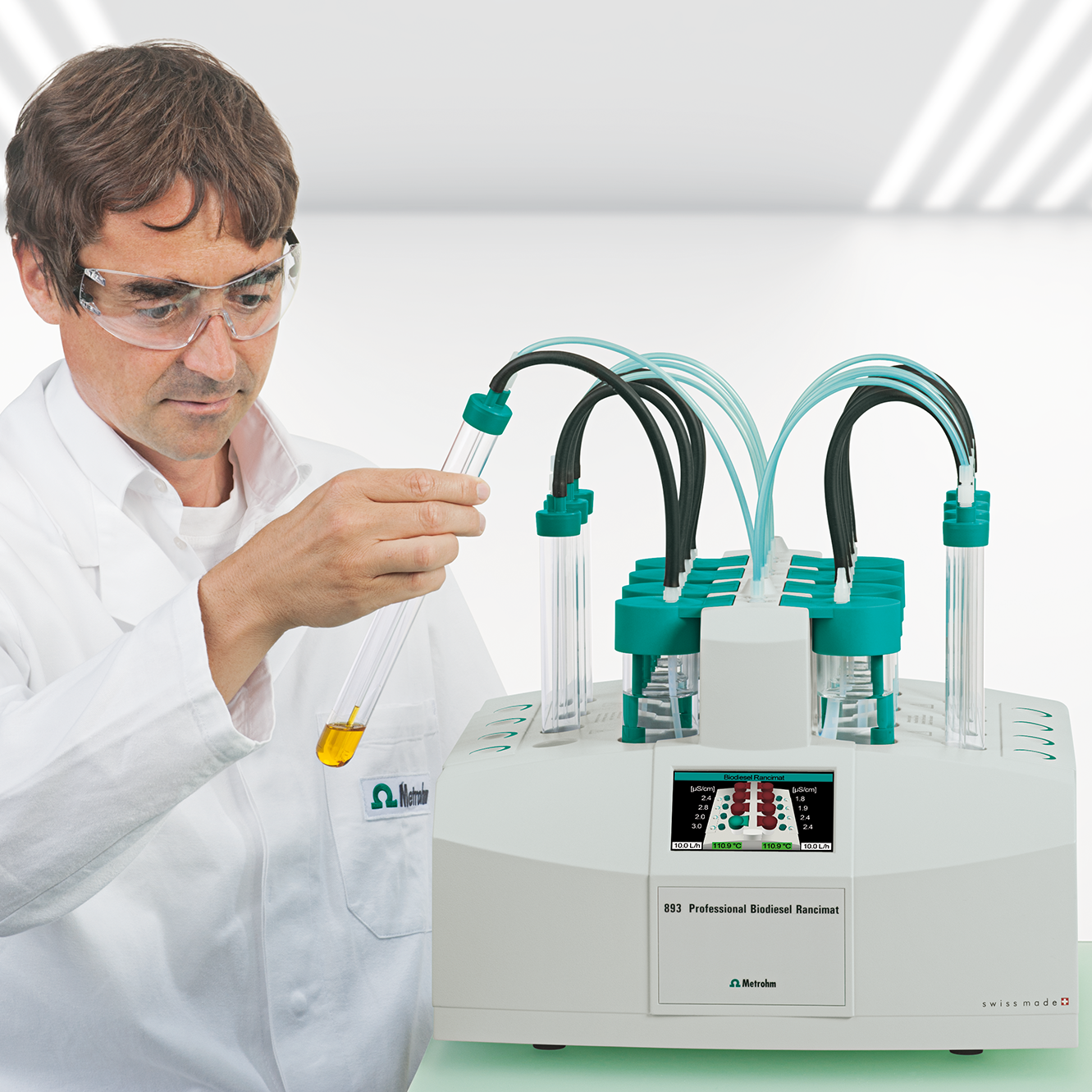The Rancimat method is well-established to determine the oxidation stability of edible fats and oils. It is also used for solid samples with a high fat content, such as nuts or potato chips.

Image credit: Metrohm Middle East FZC
However, this method is not suitable for samples with a low fat content. Metrohm has developed a new, innovative approach using polyethylene glycol (PEG) as an indicator and carrier material. The oxidation stability of this indicator is increased as a function of the relative concentration of antioxidants within a sample allowing conclusions to be drawn about the antioxidant potential of the sample.
When fats and oils undergo oxidation, they develop an unpleasant taste and odor. They become rancid. Oxidation stability measurements can determine the rancidity of oils. The Rancimat method measures the change in conductivity within an adsorption solution caused by volatile decomposition products of the oils. The determined induction time allows to draw conclusions on the rancidity.
While other foods with a low fat content do not become rancid, they can lose their taste if their antioxidant content decreases. Such samples do not produce these volatile decomposition products when undergoing oxidative stress and cannot be analyzed with the standard Rancimat method. The new, innovative approach developed by Metrohm uses PEG as an indicator and carrier material. PEG is non-toxic and decomposes rapidly at elevated temperatures, forming volatile decomposition products. Antioxidants within a sample stabilize the decomposition of PEG, resulting in a longer induction time. The extension of the induction time depends on the antioxidant content of the sample. This novel approach allows to draw conclusions on the antioxidant content of different samples.
Learn more about this new method